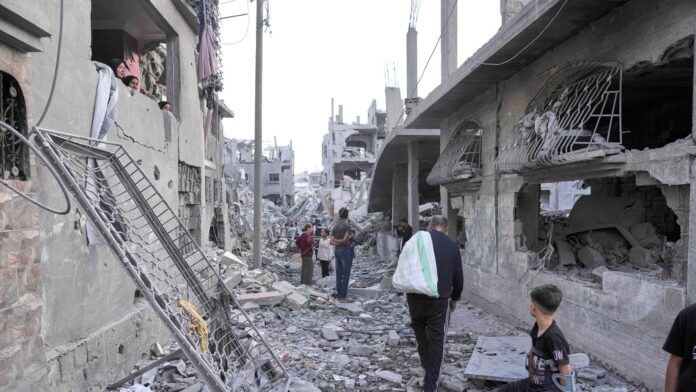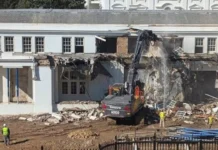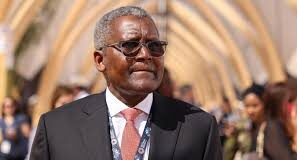Gaza City — Israeli airstrikes on two hospitals in the Gaza Strip have killed dozens, including children and medical staff, sparking global condemnation and urgent warnings from the United Nations of a looming humanitarian catastrophe.
On Wednesday morning, Israeli missiles struck residential areas in Jabalia, northern Gaza, killing at least 53 people, including 22 children, according to the Hamas-run Gaza Health Ministry. The Indonesian Hospital, overwhelmed by casualties, reported many of the victims were seeking shelter in nearby homes when the strikes hit.

A separate air assault on the European Hospital in southern Gaza killed 16 others, prompting outrage among aid organizations. Israel claimed the facility was concealing a Hamas command center, a charge Hamas denies.
Later that day, another deadly incident unfolded at Nasser Hospital in Khan Younis, where photojournalist Hassan Aslih—recovering from injuries sustained in a prior strike—was killed alongside another patient. The Israeli Defense Forces (IDF) stated Aslih was “a Hamas operative posing as a journalist,” citing his alleged role in documenting the October 7 Hamas attacks on southern Israel.

Footage from the hospital shows extensive damage to the third floor, where patients were being treated. Emergency workers described a chaotic scene, with shattered medical equipment and bloodied corridors.
The International Federation of Journalists reports that at least 160 media workers have died in Gaza since October, calling it one of the deadliest conflicts for journalists in modern history.
At an emergency session of the UN Security Council on Tuesday, Tom Fletcher, head of the UN Office for the Coordination of Humanitarian Affairs (OCHA), issued a stark warning: “This is no longer just a humanitarian crisis. It is a legal and moral emergency. The world must act now to prevent genocide.”
Fletcher condemned Israel’s continued blockade of humanitarian aid, calling it “deliberate and unashamed,” and rejected Israeli proposals to control aid distribution as “a cynical sideshow… a fig leaf for further violence.”
Former U.S. President Donald Trump arrived in Doha, Qatar, for high-level diplomatic talks involving Hamas leaders, Israeli envoys, andQatari mediators. Trump’s team is reportedly working to broker a ceasefire, particularly following the release of Edan Alexander, the last known American hostage held by Hamas.
However, the timing of the talks coincides with Israel’s most intense strikes in weeks. Over 60 Gazans were killed in a 24-hour period, many in targeted hospital strikes. The IDF claims it is pursuing Mohammed Sinwar, the elusive Hamas military commander in Gaza, though his status remains unconfirmed.
Israel continues to advocate for a controversial “voluntary relocation” plan for Gazans—criticized by international observers as an act of ethnic cleansing, given the scale of displacement, destruction, and famine in the territory.
Since the war began on October 7, 2023, over 52,000 Palestinians have been killed, according to Gaza health authorities. Israel maintains its campaign is directed solely at Hamas and blames civilian casualties on the group’s alleged use of human shields.
Human rights organizations have repeatedly denounced the strikes on civilian infrastructure, and the World Health Organization warned Tuesday that “malnutrition and starvation now threaten an entire generation” in Gaza, exacerbated by a full aid blockade since March.
Despite mounting calls for a ceasefire, little concrete progress has been made. With both Israel and Hamas under pressure, and the U.S. now weighing its next move, the coming days may prove pivotal in determining whether diplomacy or devastation wins the day.
By Kelly Were



















